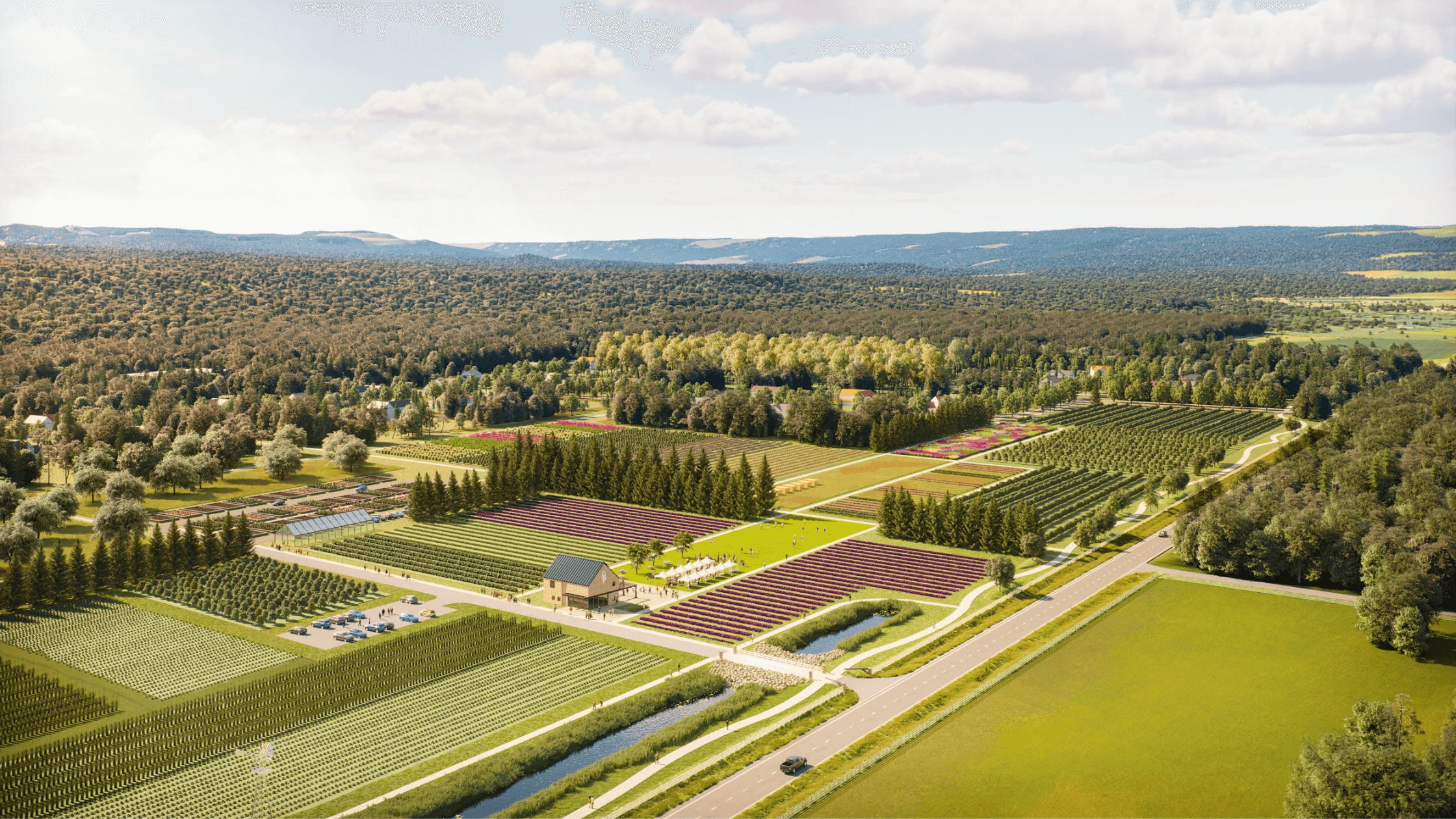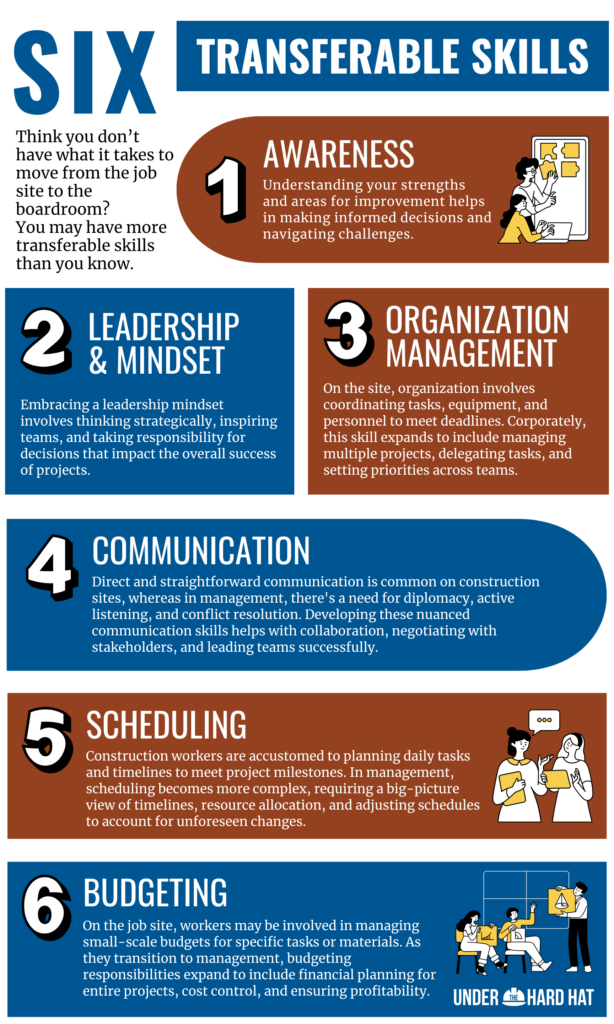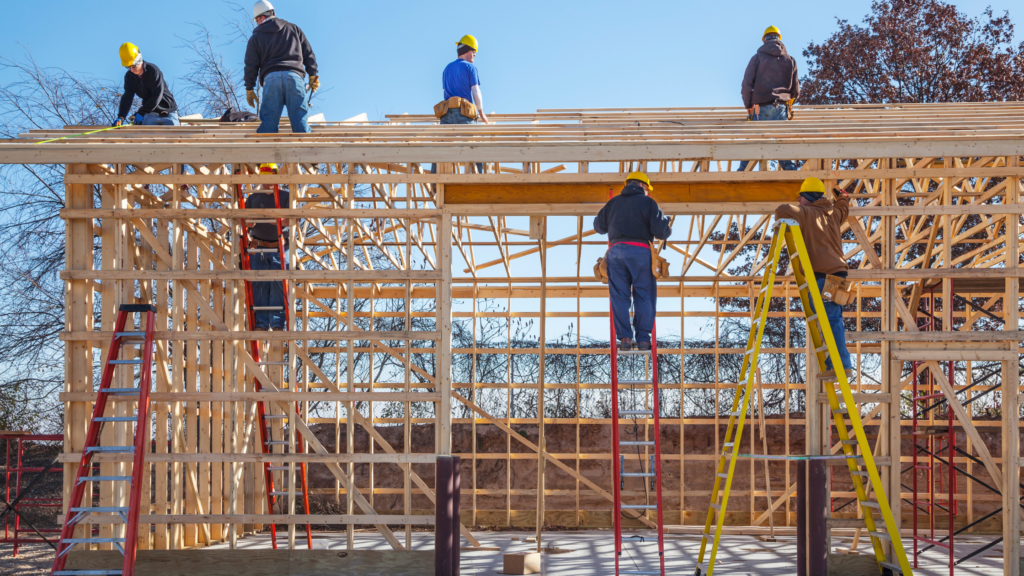Choosing a place to live can be challenging—you must consider dozens of factors like location, school districts, and local amenities. What if you could also choose your home based on what type of farm it supports? A new trend in housing developments called “agrihoods” builds communities around working farms and offers opportunities for residents to enjoy fresh, local food, walkable communities, and sustainable living.
Anatomy of an agrihood

Agrihoods are a rising trend in planned communities and, ironically, have a lot in common with old-fashioned villages. Agrihoods can be large, with thousands of residents on as many acres, or small-scale, with just a few dozen homes. The homes in an agrihood sit alongside working farms featuring agricultural features like crop fields, vegetable gardens, beehives, livestock, and fruit trees. Agrihoods seek to bring food production back from rural areas you might never see and intersperse it with daily life, much like it used to be. Food produced in an agrihood is usually available for purchase by its residents.
Put simply, agrihoods foster community while reconnecting residents to nature, food production, and food producers.
Common agrihood features
While every agrihood differs, most are designed to feature a blend of the following components.
1. Working farms
The central feature of an agrihood is its connection to food production. Some agrihoods are centered around one farm or food product (like an organic vegetable farm, for example), while others might have several different operations (like honey-producing beehives, flower growers, a small dairy, and a chicken coop providing fresh eggs). The working farms might be interspersed within the community or consolidated into one location to provide a central hub for the community.
2. Residential housing
Every neighborhood needs people, and every agrihood has a community of housing—typically single-family detached homes. The houses in purpose-built agrihoods often incorporate eco-friendly designs to continue the connection to land and nature. Many feature geothermal heating and cooling systems, xeriscaping (landscaping to reduce the need for irrigation), or native plants and grasses.
3. Community gardens
Being so connected to food production often makes you want to try it yourself, and many agrihoods offer community gardens—some as large as 800 sq ft per household—to encourage residents to grow vegetables, herbs, or even a pollinator garden.
4. Stores
Agrihoods often include a shop (or several) for residents to buy the fruit, vegetables, and other items produced within the neighborhood, go shopping, or even grab a coffee. The design of many agrihoods means that this can often be done on foot while getting fresh air and exercise, rather than sitting in traffic en route to the grocery store.
5. Walking trails
While being able to walk to buy fresh eggs and honey is great, it doesn’t compare to being genuinely immersed in nature. By design, agrihoods are often located near large expanses of forest, rivers, meadows, and beaches, and many provide a trail system for people to explore these areas responsibly. These trails often do double duty in colder climates, serving as trails for cross-country skiing or snowshoeing during winter.
The perks of agrihood living
Fresh, local, organic food
The only thing better than biting into a fresh, organic strawberry is eating one grown just steps from your home. Fruits and vegetables in the United States travel over 1500 miles from fields to factories and grocery stores before being consumed. Not only does eating locally sourced food cut down on massive amounts of carbon emissions, but it also tastes better and may be more nutritious.
Farm-to-table dining has grown in popularity over the last decade, and agrihoods are a great way to enjoy fresh, locally produced food without driving to the grocery store.
Better sense of community
Modern life can be isolating and lonely despite how busy we often feel. Conventional suburban communities in North America tend to be heavily car-centric, offering few opportunities for walking to amenities like grocery stores or coffee shops. House designs also often feature attached garages, meaning you can drive inside and shut the door without seeing your neighbors.
These factors (and many others) have led to an erosion of community, one that many agrihoods are built to reverse. Offering features like walkable neighborhoods, markets, shops, and community centers to serve as “third places” (a location that isn’t home or work, where people can congregate and socialize) helps bring people together.
Sustainable living
The agricultural industry often bears the brunt of climate change and shifting weather patterns. Droughts, wild temperature swings, and “once in a century” storms occurring every five years all impact farmers’ ability to produce food. Creating a sustainable neighborhood involves using sustainable materials, resources, and building practices that help lessen environmental impact. At the same time, many agrihoods are also designed to make it easy for residents to bike or walk instead of driving, while programs like compost pickup, community gardens, and local food sources contribute towards a sustainable life.
Green space
Human beings are hardwired to connect with nature. Our bodies respond to seeing natural environments by reducing stress and blood pressure. Whether it’s planned parks, natural gardens, or reclaimed native landscapes, many agrihoods have made a point to preserve or incorporate green spaces into their communities.
Agrihoods in action
Green spaces, walkable neighborhoods, local produce—if this all sounds too good to be true, check out these agrihood communities to see ideas in action.
Olivette, North Carolina
This 411-acre agrihood is located just 7 miles away from downtown Asheville, but you wouldn’t know it. Nestled amongst forests, trails, and bubbling creeks, Olivette is a multi-award-winning planned community and historic farm. The community includes walking trails, a pear orchard, a flower farm, seven acres of riverfront beach, geothermal heating and cooling, community gardens, and even a bike-sharing program for getting around the neighborhood. CSA memberships are available from Olivette Farm, ensuring access to fresh local produce for the 20-week growing season.


Thornbury Acres, Ontario
Still in the planning stages, this picturesque community will be built two hours north of Toronto, one of Canada’s largest cities. With just 37 homes and 150 acres, Thornbury Acres will provide 800 sq ft of garden space for each resident to plant vegetables. The community offers seven kilometers of walking and cross-country skiing trails, nature play areas, a butterfly meadow, a pond, an orchard, an apiary, and herb and medicine gardens.
Thornbury Acres plans to take a hands-on approach to combine agriculture and community living by offering a cooperative farm experience. Alongside a farm manager trained in regenerative agriculture, residents will plant, maintain, and harvest communal orchards, berry patches, and rotating field crops.
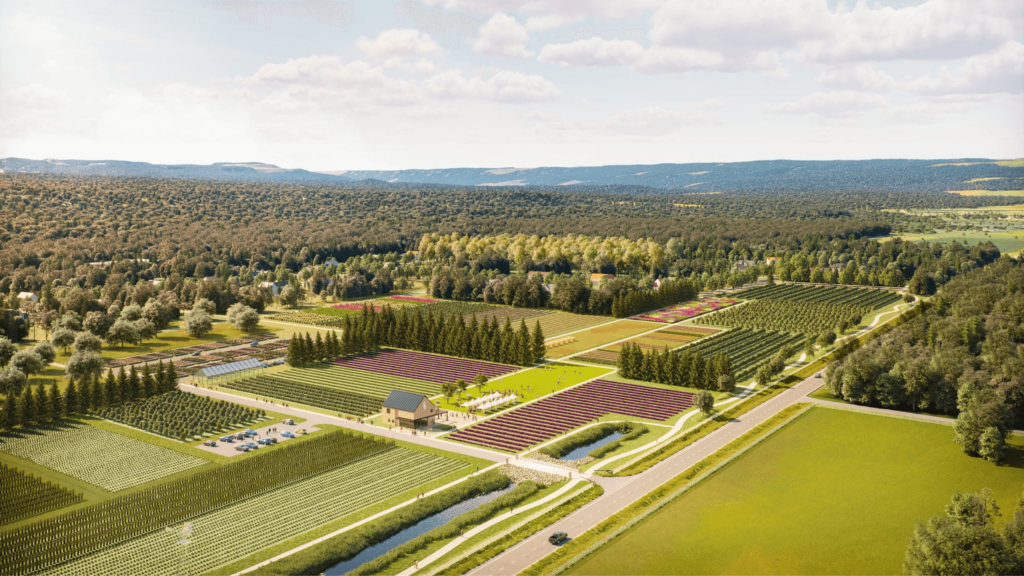

Village Farm
Everything’s bigger in Texas—except the pint-sized agrihood of Village Farm in East Austin. The first phase of this tiny home community includes 40 home lots, with 112 more planned in Phase 2. Each home is under 400 square feet. The community centers around Green Gate Farms, a certified organic farm established almost 20 years ago.
The Village Farms community may be small, but it’s dynamic. It has two dog parks, picnic and BBQ areas, community gardens, a general store, and a cafe. Neighbors come together to visit the farmer’s market, check out pop-up restaurants, and take cooking classes with the whole family.


Chickahominy Falls
While many agrihoods appeal to young families eager to teach their children about where food comes from, Chickahominy Falls caters exclusively to the 55 and older set. Located in Hanover County, Virginia, this agrihood surrounds the 10-acre Woodside Farms, which produces offerings through all four seasons, including fruits, veggies, flowers, and herbs.
Residents can enjoy cooking demonstrations at The Barn, try their luck at the fishing pond, or enjoy the fitness center and outdoor trails.
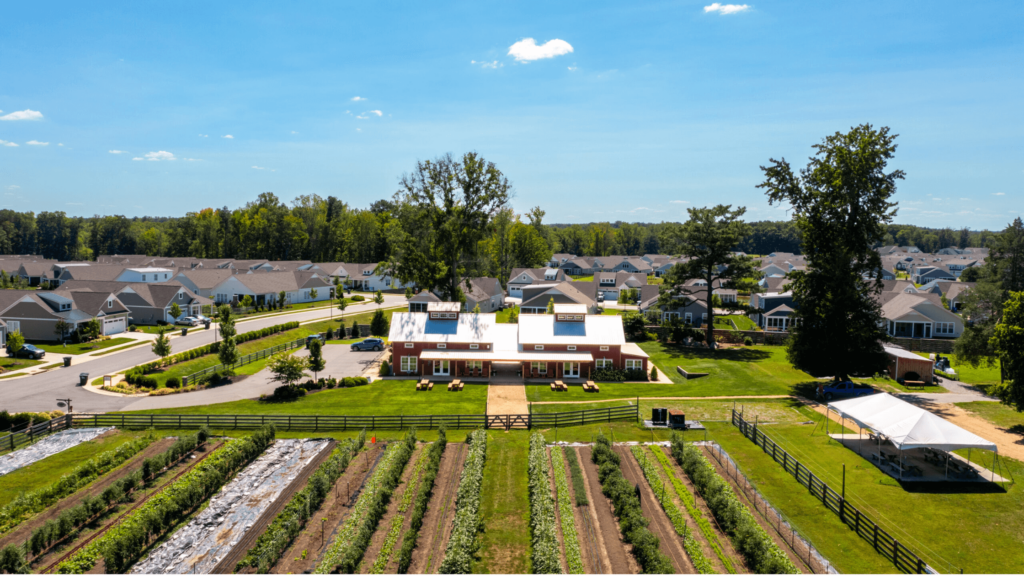

Photo source: Chickahominy Falls.
